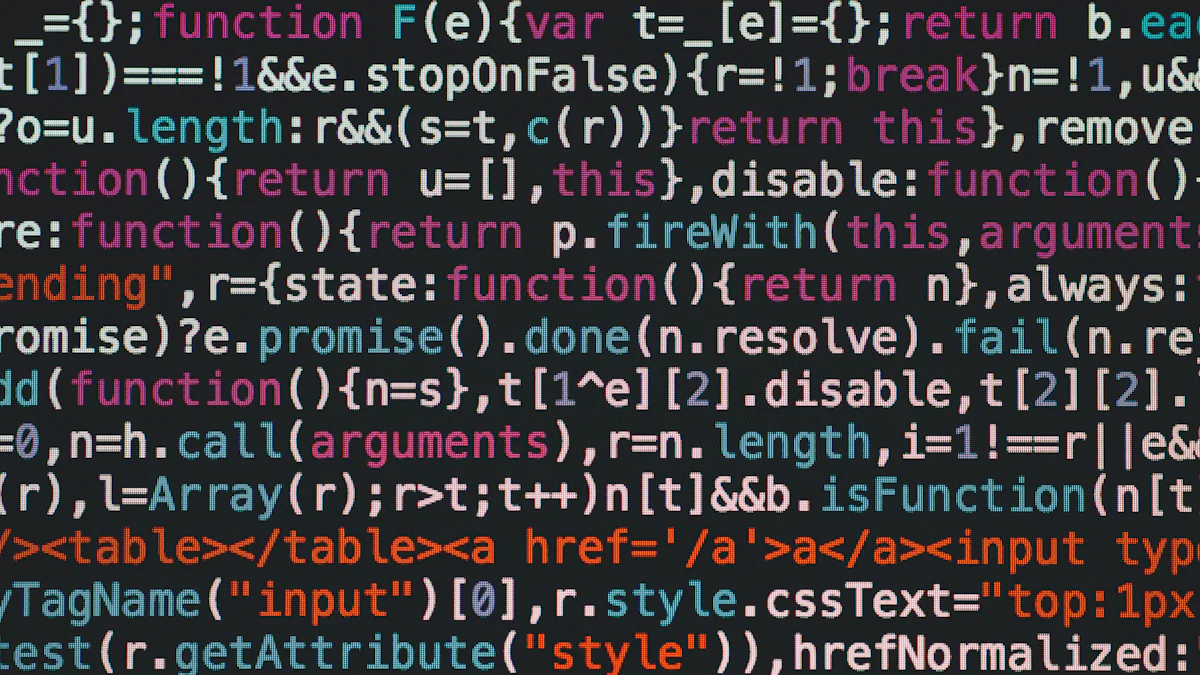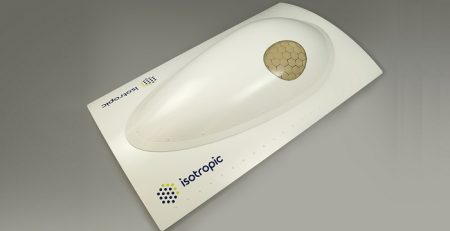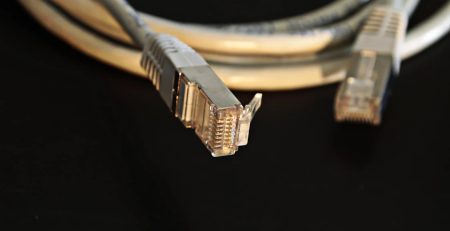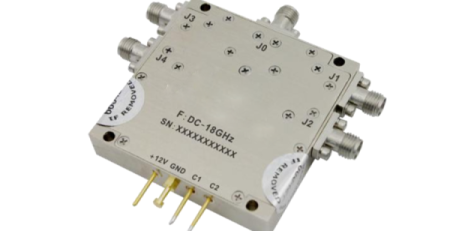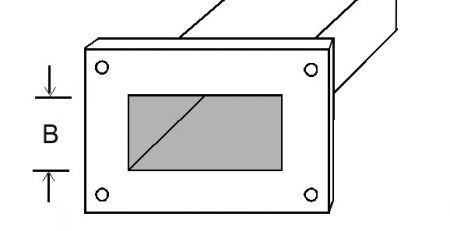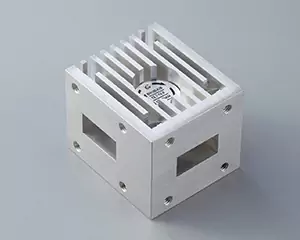The Hidden Power of Low-Pass Filters: Revealing Their Secrets
Low-pass filters play a crucial role in signal processing, what is the low-pass filter? revealing their hidden potential to enhance data quality. This blog provides a comprehensive exploration of low-pass filters, shedding light on their significance and diverse applications. From audio processing to biomedical signal enhancement, the versatility of low-pass filters is unmatched. Unveiling the fundamental principles and types of low-pass filters, this blog delves into their analog and digital variations. Join us on this enlightening journey to uncover the secrets behind the efficacy of low-pass filters.
What is the low-pass filter?
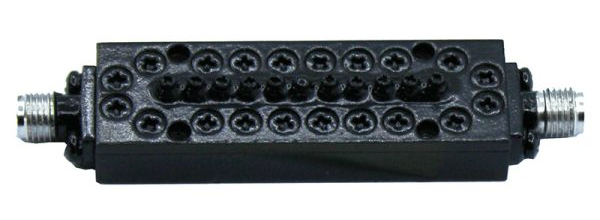
Definition and Basic Principles
Frequency Response
The frequency response of a low-pass filter dictates how it treats signals at different frequencies. By allowing signals below a specified cutoff frequency to pass through while attenuating higher-frequency components, it ensures optimal signal integrity.
Cutoff Frequency
At the heart of every low-pass filter lies the cutoff frequency, a defining parameter that determines the boundary between passed and attenuated signals. Selecting an appropriate cutoff frequency is crucial for tailoring the filter’s performance to specific requirements effectively.
Passive vs. Active Filters
RC Filters
RC filters, a classic example of passive filters, leverage resistors and capacitors to achieve desired filtering characteristics. Their simplicity and reliability make them ideal for various applications where precision filtering is paramount.
Sallen-Key Filters
On the other end of the spectrum are Sallen-Key filters, exemplifying active filtering mechanisms with operational amplifiers. These sophisticated filters offer enhanced control over parameters like gain and bandwidth, catering to more complex signal processing needs.
Embracing the intricacies of low-pass filters unveils a world of possibilities in shaping signals to meet diverse demands across industries. From audio enhancement to biomedical signal refinement, these filters stand as silent yet powerful guardians of data fidelity.
Types of Low-Pass Filters
In the realm of signal processing, analog filters and digital filters represent two distinct yet equally essential categories within the domain of low-pass filters. Understanding the nuances and applications of each filter type is paramount for engineers and researchers seeking to optimize signal quality across various industries.
Analog Filters
RC Filters
RC filters, short for Resistor-Capacitor filters, are foundational components in analog signal processing. By leveraging the inherent properties of resistors and capacitors, these filters effectively attenuate high-frequency components while allowing low-frequency signals to pass through unimpeded. The simplicity and versatility of RC filters make them indispensable in applications requiring precise frequency control and noise reduction.
LC Filters
On the other end of the analog spectrum lie LC filters, which incorporate inductors alongside capacitors to achieve superior filtering characteristics. The synergy between inductors and capacitors enables LC filters to exhibit enhanced performance in terms of signal attenuation and bandwidth control. These filters find extensive utility in radio frequency (RF) communication systems, where stringent filtering requirements demand optimal signal clarity and interference mitigation.
Digital Filters
FIR Filters
Within the realm of digital signal processing, FIR (Finite Impulse Response) filters stand out as versatile tools for implementing linear-phase low-pass filtering operations. By utilizing a finite number of coefficients to process input signals, FIR filters offer precise control over frequency response characteristics without introducing phase distortions. This makes them ideal for applications demanding accurate signal reconstruction and noise suppression, such as audio equalization and telecommunications.
IIR Filters
Contrasting with their FIR counterparts, IIR (Infinite Impulse Response) filters excel at achieving efficient yet complex filtering operations in digital systems. Through recursive feedback mechanisms, IIR filters can exhibit sharper roll-off characteristics and require fewer computational resources compared to FIR filters. This efficiency makes them well-suited for real-time applications like biomedical signal analysis and sensor data processing, where rapid response times are critical for accurate data interpretation.
The dichotomy between analog and digital low-pass filters underscores the diverse array of tools available to engineers navigating the intricacies of signal processing. Whether fine-tuning audio frequencies or isolating vital biomedical signals from noise interference, understanding the unique strengths of each filter type is key to unlocking their full potential across a myriad of applications.
Applications in Various Fields
RFecho is a leading company in the field of radio frequency technology, known for its high-quality and innovative products. Among its diverse product range, RFecho‘s Radio Antennas stand out, perfectly illustrating how different types of radio antennas serve various purposes.
RFecho‘s Radio Antennas are designed with a focus on performance and versatility. They offer a wide range of antenna types, including dipole, monopole, loop, and array antennas, each serving a unique purpose. Whether you need an antenna for broadcasting, receiving signals, or for use in specific environments, RFecho has a solution to meet your needs.
One of the key features of RFecho‘s Radio Antennas is their superior signal reception and transmission. They are designed using advanced radio frequency technology to ensure clear and reliable communication. This makes them ideal for various applications, including radio broadcasting, telecommunications, and wireless networking.
In conclusion, RFecho‘s Radio Antennas are a testament to the diversity and functionality of radio antennas. They offer superior performance, durability, and ease of installation, making them a top choice for anyone in need of reliable radio frequency solutions. Whether you’re a professional in the telecommunications industry or a radio enthusiast, RFecho‘s Radio Antennas are sure to meet and exceed your expectations.
In the realm of Audio Processing, low-pass filters play a pivotal role in enhancing sound quality and minimizing unwanted disturbances. By implementing Noise Reduction techniques, these filters effectively eliminate high-frequency noise, ensuring a clear and crisp audio output. Moreover, through Sound Quality Enhancement, low-pass filters refine the tonal characteristics of audio signals, enriching the listening experience for consumers across various industries.
Within the domain of Biomedical Signal Processing, the application of low-pass filters is instrumental in filtering out unwanted interference and isolating critical physiological data. Specifically, in EEG Filtering, these filters help remove high-frequency artifacts and background noise from electroencephalogram (EEG) recordings, enabling healthcare professionals to focus on essential brainwave patterns. Similarly, in ECG Filtering, low-pass filters aid in extracting precise electrocardiogram (ECG) signals by attenuating high-frequency noise, facilitating accurate cardiac activity analysis and diagnosis.
In the realm of Electronics, low-pass filters find extensive utility in Signal Conditioning and Data Acquisition processes, where precise signal manipulation and acquisition are paramount. Through signal conditioning, these filters optimize signal integrity by attenuating high-frequency components that may introduce errors or distortions during transmission or processing. Simultaneously, in data acquisition systems, low-pass filters ensure accurate data sampling by removing high-frequency noise and harmonics that could compromise measurement accuracy.
The market for Optical Low Pass Filters (OLPFs) reflects the growing demand for advanced imaging solutions across diverse sectors like consumer electronics, automotive technology, healthcare diagnostics, and industrial applications. OLPFs are designed to mitigate moiré patterns and aliasing artifacts in digital imaging systems such as cameras and sensors. This emphasis on image quality underscores the pivotal role of low-pass filters in enhancing visual clarity and fidelity across various technological domains.
Moreover, spatial analysts leverage low-pass filters to smooth data outputs by reducing local variations and eliminating noise interference. By calculating average values within specific neighborhoods, these filters effectively minimize extreme data values while preserving essential information critical for accurate spatial analysis outcomes.
The integration of low-pass filters into audio processing workflows ensures optimal sound quality through noise reduction mechanisms and tonal refinement techniques. In biomedical applications like EEG filtering, these filters enable healthcare providers to extract meaningful brainwave patterns from complex EEG recordings with precision. Additionally, their role in ECG filtering enhances cardiac signal analysis accuracy by isolating vital heart activity metrics from extraneous noise sources.
Low-pass filters are pivotal in maintaining image quality, especially in high-resolution imaging applications. By employing an averaging filter to smooth the data and reduce extreme values within each neighborhood, these filters ensure optimal clarity and fidelity in visual outputs. The essential role of low-pass filters in smoothing data by reducing local variation and eliminating noise interference underscores their significance across diverse technological domains. As technology advances, further exploration and study of low-pass filters will pave the way for future developments and potential advancements in signal processing applications.


